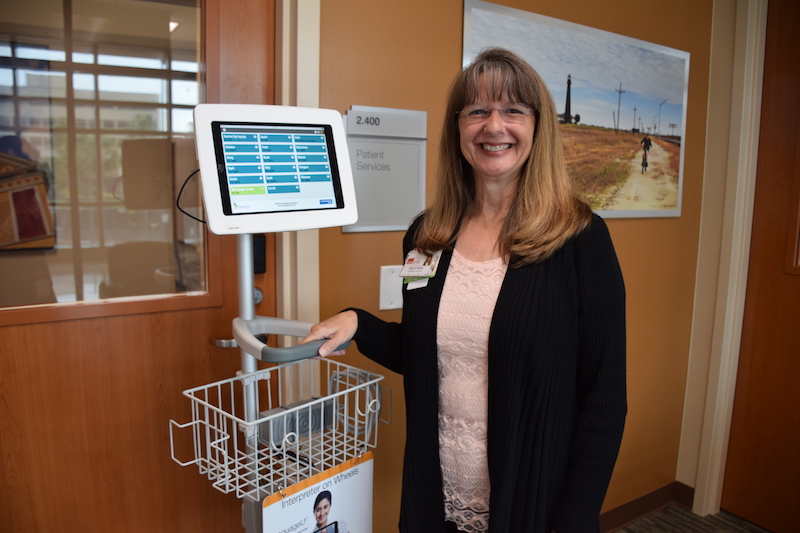
UTMB leaders and participating health care providers breathed a sigh of relief on May 1, when the federal government announced it was extending Texas’ 1115 Medicaid Waiver program for another 15 months.
“Having the extension formalized by the Centers for Medicare and Medicaid Services calms some of the fears for the performing providers because most Delivery System Reform Incentive Payment (DSRIP) projects would have ended abruptly at the end of September otherwise,” said Craig Kovacevich, UTMB’s associate vice president for Waiver Operations and Community Health Plans.
The waiver was originally granted to Texas as a five year program in 2011, providing $29 billion in incentives to health care providers for improving patient care for all with a special emphasis on Medicaid and uninsured patients. UTMB serves as the anchor institution for Region 2, which is comprised of 16 counties and represents more than 83 projects.
Kovacevich said the 15-month extension is a key stepping stone to a longer continuation of the program.
“The extension allows providers the ability to continue their work while CMS and the Texas Health and Human Services Commission negotiate a long-term plan,” said Kovacevich.
As negotiations take place, participating providers are encouraged to evaluate their programs and determine whether certain metrics have been met or if changes need to be put in place for the next iteration of the waiver. Many projects have already proved successful by helping patients control their chronic diseases, reducing hospital readmissions and much more.
Kovacevich points to several projects, including one at UTMB that uses iPads to offer patients on-demand video language interpretation services with a live person on screen. It’s helped ensure that patients who require an interpreter have access to services even when staff or department interpreters cannot be present in person on screen.
“This project has helped many patients and their families better understand the care they are given and direction for things such as how to take their medication. It has also made a big difference in streamlining the discharge process,” said Kovacevich. “We use the tablets for inpatient and ambulatory services, in various clinics and in the hospital. It’s been a project that the staff, physicians, clinicians and nurses have really come to depend on.”
Kovacevich said the biggest success of the waiver hasn’t been measured by any one DSRIP project, but by the collaboration and relationships that have come out of them.
“We really have built bridges to bring people together,” he said. “You now go into communities in our region and see providers and hospitals that would never have interacted, sitting together as part of a learning collaborative and working toward common goals: to improve the experience of care, improve the health of populations and reduce per capita costs of health care.”
Moving forward, Kovacevich is optimistic that CMS and the state can come together on a long-term plan he refers to as the “1115 Waiver 2.0.”
“I think the federal government understands the significance that the waiver plays in Texas financially and in terms of improving health, and understands how an abrupt stop of these projects could impact progress made so far," said Kovacevich. “Seeing the waiver programs evolve and make a positive impact on countless lives is the most exciting, humbling part of the work that I’ve done over the past four years.“
They say a picture is worth a thousand words, but to walk through a clinic door and see the waiver programs in action is worth a million more.”